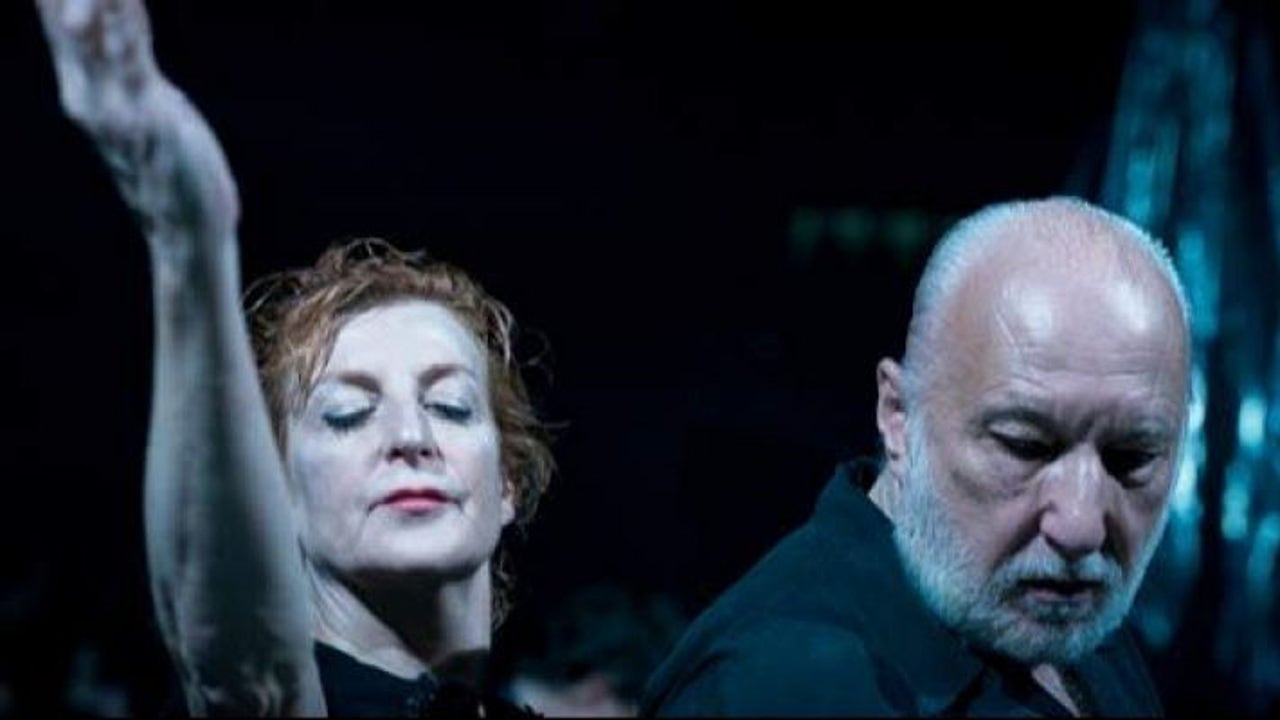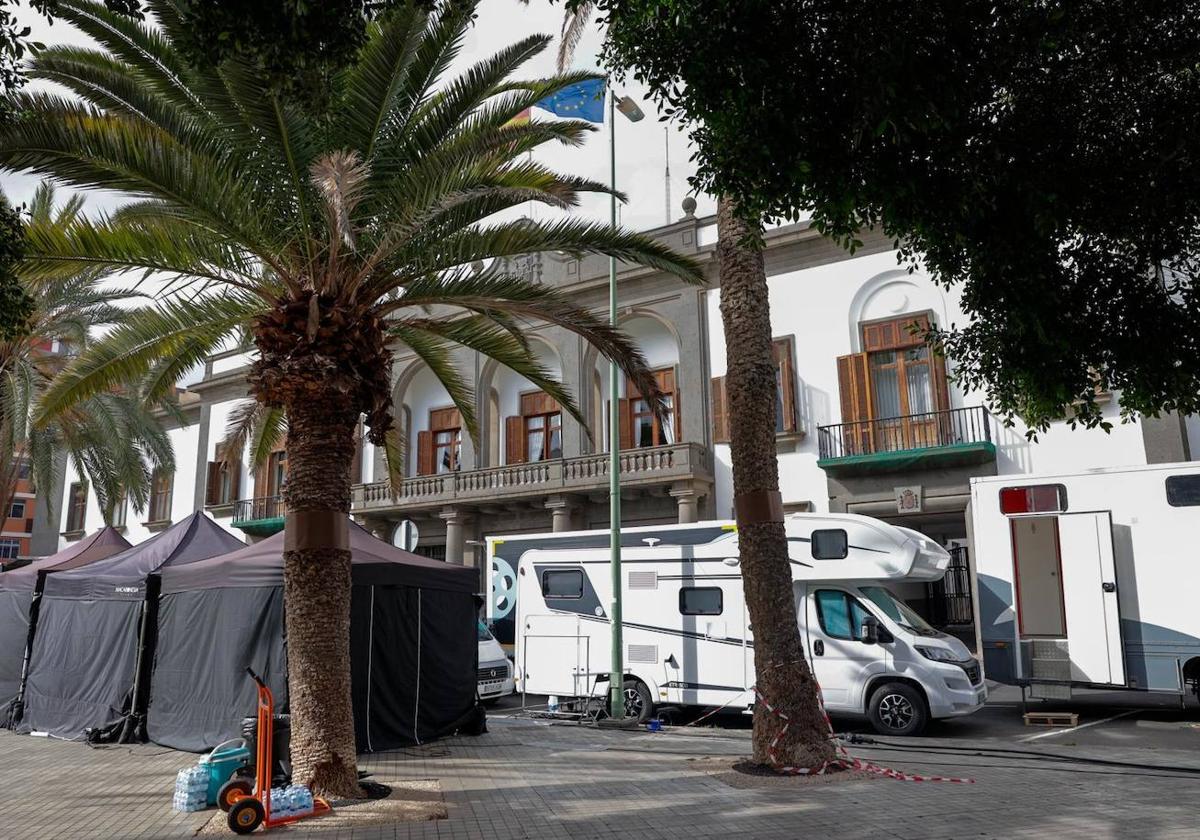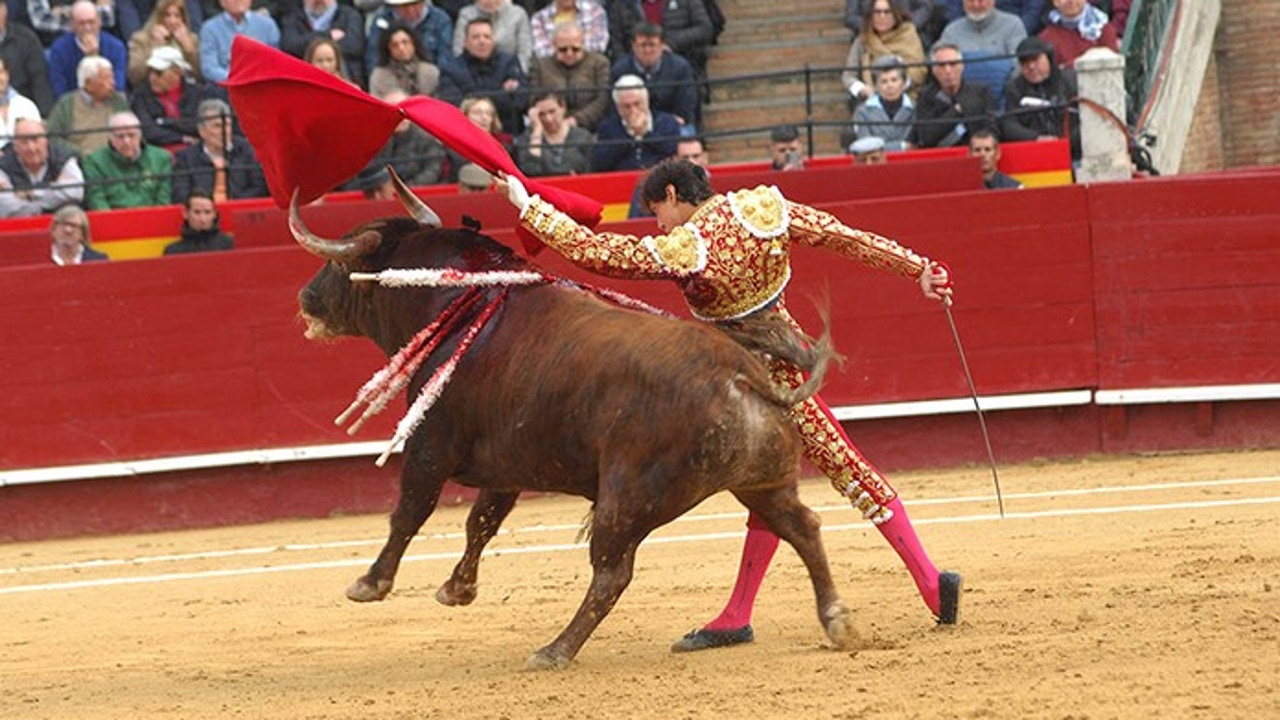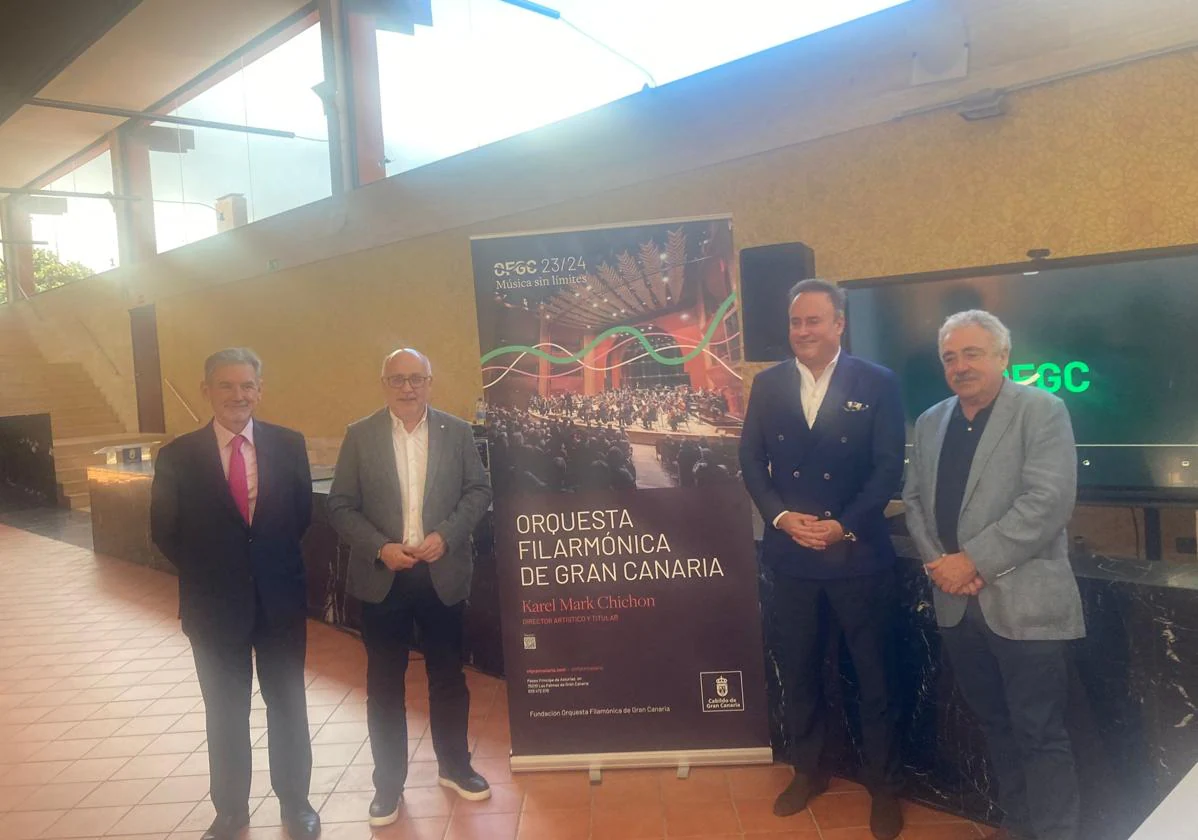The talayotic odyssey faces the private property of Menorca

The Menorcan horizon is unmistakable due to the stone walls that delimit each and every one of the plots that cut up the Menorcan countryside. According to the spatial database of the IDE Menorca, the total length of these constructions on the island is 11.2 million meters and their volume exceeds 13 million cubic meters. These walls could unite Menorca with Santiago de Chile. Along with the dry wall grid that extends to all corners of the island map, there is another reason that makes this landscape unique: giant constructions, which have been built almost 900 years before our era, with the same stone of the walls and also without mortar. They call it cyclopean architecture because of the monumental dimensions of these towers that, even today, scientists doubt their function. It is also a mystery how they were built.
We do not know for sure what the circular Menorcan talayots were used for, although there is evidence that allows us to imagine community events such as the storage and distribution of food. And, above all, the assemblies of the population that raised them. The first residents of Menorca built premises, almost ten meters high, where they could meet to discuss and solve their problems as a community.
That is the landscape with which the island aspires to be part of the desired UNESCO World List, if the event is held this year. The candidacy has been baptized as "Talayotic Menorca", with the inspiring motto of "a cyclopean odyssey", in reference to the architecture that multiplies throughout the island with more sites (more than 1,500 prehistoric) in Spain. This cyclopean odyssey has record figures: Menorca is home to 9% of the Assets of Cultural Interest in Spain and among them are the almost 400 cataloged talayots. When the UNESCO candidacy was launched in 2009, the 280 prehistoric sites that aspired to become an international tourist reference had not yet been divided into nine areas.
The Balearic Government presented the first file to UNESCO in 2015, and in 2017 they demanded greater definition and depth of the project: they had to link the monuments to the landscape in which they grow. For a decade, the international organization has insisted that the candidatures link historical and artistic heritage with the natural environment. That smallholder network that cracks the Menorcan countryside into hundreds of thousands of plots, shelters the majority of prehistoric cyclopean constructions and discovers a tension pending solution: the interests of the owners and those of cultural tourism.
The Menorca Talayotic Agency is the body created by the Consell Insular de Menorca (CIMe) to correct these tensions and manage the heritage that floods the island. At the moment they are finalizing the Management Plan for Talayotic Menorca, whose budget for 2022 is one million euros, provided entirely by the Consell. The majority will be used to improve the state of the deposits and, in the future, to research. The Minister of Culture, Miquel Àngel Maria, has already announced that he does not rule out the possibility of acquiring a site that is in private hands.
Of these more than 200 prehistoric sites, the organization has chosen thirty of them as the most relevant. They are organized into nine areas in the candidacy for the World Heritage List, but only half can be visited. Of the total candidature, only three are public property: the settlements of Trepucó, Torre d'en Galmés and Son Catlar.
"At the moment it is unnecessary to open more sites to the public. Those 14 is enough because they represent the different elements of this culture. The rest are variations. When you open it to the public, the important thing is to know what the demand will be and those that are open are below of its demand. The deposits are at 20% of their maximum capacity. There is no interest in opening more," Cipriano Marín, responsible for supervising the candidacy file, explains to this newspaper. "The objective now is for the Agency to improve access to those that are already visible. The visit and interpretation of the main centers will be reinforced and improved, but we want to avoid the phenomenon of dispersion. If we promote 80 sites we can cause a problem of tourist overcrowding. We must find a balance," adds Marín.
What most surprises the person responsible for the candidacy is that throughout history these goods have been protected, above all, by their owners. "They have been aware that they could not destroy them. This odyssey is a culture of respect," he says. Joaquim Pons is the technician for Menorca Talayótica and recognizes that many of the essential sites, "not all", cannot be visited. "There are owners who are more reluctant to visit and others who are more accessible," he says. The Historical Heritage Law obliges their owners to show the BIC four days a month.
"The owners know what they have and are aware of it. They know that it is something unique. Although the application does not come out, we have already enabled many of them. We have put them into museums, we have made them known locally and promoted their dissemination and conservation. inscription on the List would be a highlight, but the Agency is already working to improve the management of the island's prehistoric heritage," Pons explains to elDiario.es. "Of the 24 essentials, three are owned by the Consell Insular. It is our responsibility to reach the owners. It is an important task to resolve...", he says. What are the most complicated deposits in that sense? "I don't want to give any names," answers Joaquim Pons.
The benefits and obligations of being part of this prestigious List and of working with the Agency "are not clear," one of those owners tells this newspaper. He prefers to remain anonymous. "The big deal is to see how to make the private something public. And find an adequate relationship with the Menorcan environment", add these sources, who regret that the weakness of the candidacy is that the managing body, the Agency, has not begun to manage. "We need the Management Plan to be activated so that the assets are accessible," comment the sources who expect help to enable access and adapt visits to their properties.
The first excavations were carried out in the 1930s by the English archaeologist Margaret Murray (1863-1963). She was the pioneer in the interest in talayotic culture, developed during the Bronze Age and the Iron Age. Murray discovered that these towns have a central nucleus formed by the talayot (the truncated pyramidal tower) and the taula enclosure, and the rest of the constructions are distributed around it.
For Cipriano Marín, the Talati de Dalt deposit (in the municipality of Maó) is an example of management in private hands. It is one of the most recognized and famous taulas ("table", in Catalan, with evidence of sacrifices). The central piece is what gives these taulas their name, and is made up of a large stone slab erected vertically and crowned by another slab, placed horizontally. That is to say, a great "T" of limestone. But if this is popular, it is because a demolished pilaster has been supported on the vertical piece.
The tour of this site is just over half an hour, it opens from April to October from ten in the morning, and general admission is four euros. There is a discount for students and retirees, and children under eight are free. The organization highlights the Talati de Dalt site for being close to Maó and the airport: "It illustrates the process of resilience of the prehistoric and historical cyclopean landscape to the present day. And its extraordinary survival".
This settlement is one of the most important because it is in a very good state of preservation, even with traces of pavement. It is the only excavated space that provides evidence of this type of urban element in a Talayotic settlement. "There is still a lot to be excavated. What has been excavated is only a small part. There is research work for a century ahead. It is a treasure to be discovered," says Cipriano Marín.
According to Manuel Calvo, professor and professor of Prehistory at the University of the Balearic Islands, the relationship between private property and cultural tourism "should not be a problem." "I have been on the advisory commission and there are agreements with properties where visiting hours are established. In most cases, that difficulty with private property is solved because they understand that the heritage belongs to everyone and they are willing," he adds. . He explains that the Agency bears the costs of excavation, conservation, accessibility and clean-up. "Everything so that it does not harm the owner", indicates Calvo.
This optimistic vision contrasts with that of an archaeologist who is dedicated to offering visits to the sites and prefers not to give her name. She assures that there are many problems in access to deposits such as San Agustí, where until recently access was free. Now it's only open two days, she says. "The problem is that being BIC they are obliged to open four days a month and they all open on Monday mornings, so that no one can go and pressure the Government to claim investment in their farm. Fortunately, there is a lot of supply and you go to another. It's very easy to substitute one visit for another. You can come and spend a week visiting sites, morning and afternoon," he says.
She shows the prehistoric sites to English tourists, especially. They go to quality cultural tour agencies and spend several days showing the island. But she cannot do it alone: if they want to listen to explanations about the population's past from the archeology doctor, they also have to pay a guide. It is a recent law, which has been implemented in many other communities, according to which only those in possession of the tourist guide card can show the local heritage to a group of tourists and live from it. So she goes to her group and a straw figure silently accompanies them to make it legal.
"We are about 15 archaeologists in Menorca and only one can dedicate himself to teaching the settlements. Only he has the guide card. I teach those who are preparing for the exam to be tourist guides, but I do not have the "B2" of the two foreign languages that they demand. I assure you that with English, Spanish and Catalan you have covered 80% of the visitors who come. But they have created a monopoly for the guides that we cannot access," he says. Our source warns before saying goodbye to a greater danger: the large tourism companies have already arrived to manage the Talayotic tourism of Menorca. Until now they were Menorcan SMEs, but the business could move into more powerful hands if UNESCO includes this treasure on the World Heritage List.











